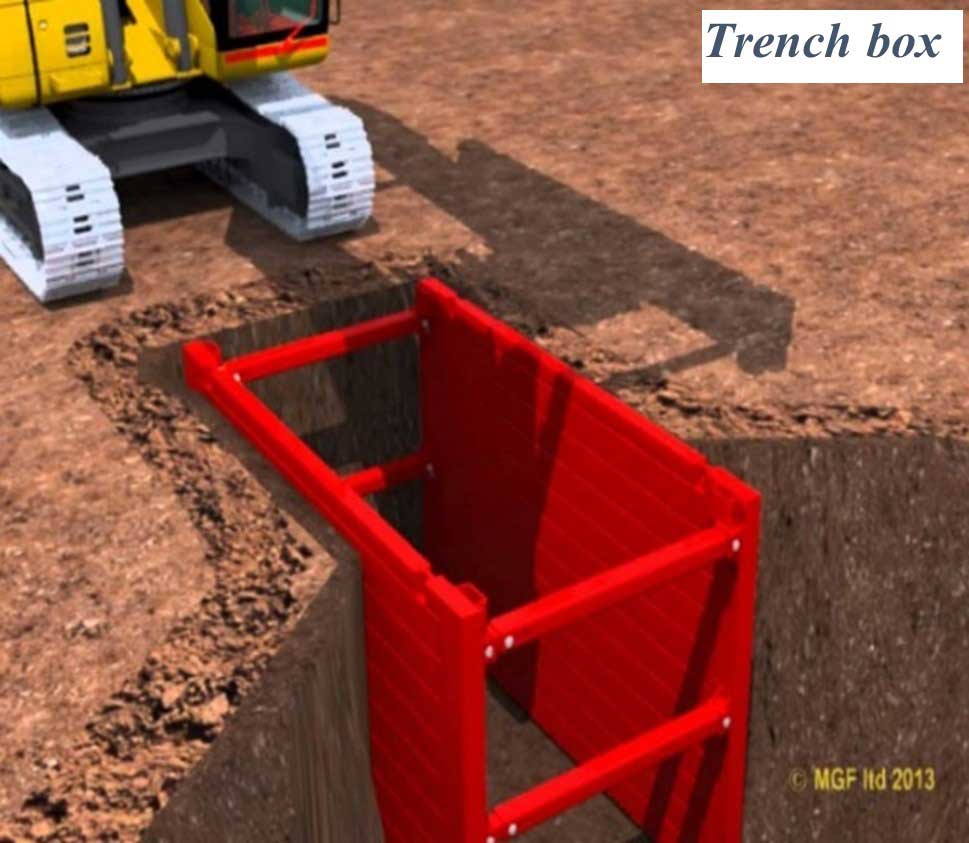The excavation of trenches are an essential element of many construction as well as engineering sites. They are utilized to install telephone lines and pipes. Trenching can be difficult due the high level of moisture. It’s not straightforward to remove all dirt from objects, but it’s risky to expose skin to the risk of.
Trench boxes are crucial to any type of construction or repair that needs to be completed on the ground. Trench boxes are also employed to safeguard against collapse , based on soil’s characteristics and the thickness of the soil. They are made from steel/aluminum framing and are employed to temporarily hold it in place while excavations take place around them. Then, the grout is affixed to two layers so that no cracks form on the surface.

Pre Installation
Before digging begins It is vital to assess the risks that are involved. This involves knowing the equipment required and how many individuals will need access to the area, as well as reflective thought on whether there are other ways in which the task could be completed without risking life or limb (such methods that are minimally invasive). A full risk assessment must be carried out prior to excavation assessments to ensure that all potential risks can be easily detected beforehand; this helps reduce unforeseen complications later downline.
It’s equally important to consider the depth of your trench. A 5-foot length of concrete will be able to hold you. If your trench is deeper than that, then shoring or sloping might be necessary. However, if the 20-foot deep hole is not straight, any structure above ground has to consider the greater danger of foundation movement.
Access to the trench must be done via ladders or steps. The trench should be accessible at least 25 feet from workers in the event of an emergency. The trench box can also be used for testing for low oxygen levels, toxic gasses and other problems. These articulated devices make the installation straightforward, however they add the risk of stacking them over one another because you cannot know the height at which your pile will penetrate their vulnerable bottom.
Care: Caring to the trench
1. For any signs of damage or movement, be sure to check the trench box daily.
2. Wearing protective equipment is a must on all employees working on site.
3. Tools and heavy equipment should be kept at a minimum of 3 feet from the edge of any trench.
Extraction
In the event of a trench, it will likely be more difficult than excavating it since the ground surrounding it moves. Chain slings can be used to pull soil out, and there are three options to lift it. The last is using an overhead crane.
1. Straight Pull: This is one of the most basic methods for taking materials. Connect your sling to the two points and pull it out. It is not necessary to exert any force or unnecessary movement.
2. Half Pull: If using a half-pull, attach it to only one side of the trench box, and lift as much as possible before moving it to the other side. This will enable you to clean up any debris or dirt without damaging your lawn.
3. Single Pull: To relocate the trench box you attach a single leg of chain sling to an extraction/lifting point and then raise each panel each time. Pull the lever to take away the trench box.
For more information, click trench shore


